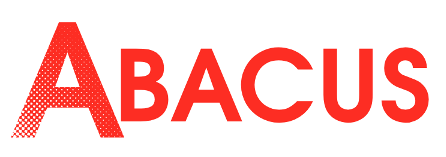Submissions
Submission Preparation Checklist
As part of the submission process, authors are required to check off their submission's compliance with all of the following items, and submissions may be returned to authors that do not adhere to these guidelines.- The submission has not been previously published, nor is it before another journal for consideration (or an explanation has been provided in Comments to the Editor).
- The submission file is in OpenOffice, Microsoft Word, or RTF document file format.
- Where available, URLs for the references have been provided.
- The text is single-spaced; uses a 12-point font; employs italics, rather than underlining (except with URL addresses); and all illustrations, figures, and tables are placed within the text at the appropriate points, rather than at the end.
- The text adheres to the stylistic and bibliographic requirements outlined in the Author Guidelines.
Artículos
Política de sección por defecto
Copyright Notice
Kronos Journal provides immediate and free open access to its content, promoting greater global knowledge exchange. The contents of Kronos Journal are subject to the Creative Commons Attribution-NonCommercial-NoDerivatives 4.0 International License (CC BY-NC-ND 4.0) https://creativecommons.org/licenses/by-nc-nd/4.0/deed.es Authors who publish in this journal accept the following conditions:
- Author guarantees that the work is original, has not been previously published in any other journal, and is not being considered by another publication.
- Author grants Kronos Journal the permanent right and license to publish, archive, and make the work accessible in whole or in part, in all forms of media now known or in the future, under a CC BY-NC-ND license.
- Author agrees that the article will undergo a peer review process to ensure the quality and relevance of the work, ensuring blind review and following reviewers' instructions.
- For research involving participants, author must mention in the methods section the existence of informed consent and the full name of the Ethics Committee that approved the research and, if applicable, the code granted. Authors may attach a copy of this authorization.
- Once the article is published, or while it is under review, author may not submit the same work to another publication for evaluation and subsequent editing.
- Kronos Journal declines any responsibility for possible conflicts arising from the authorship of the works published in the journal.
Privacy Statement
The names and email addresses entered in this journal site will be used exclusively for the stated purposes of this journal and will not be made available for any other purpose or to any other party.










